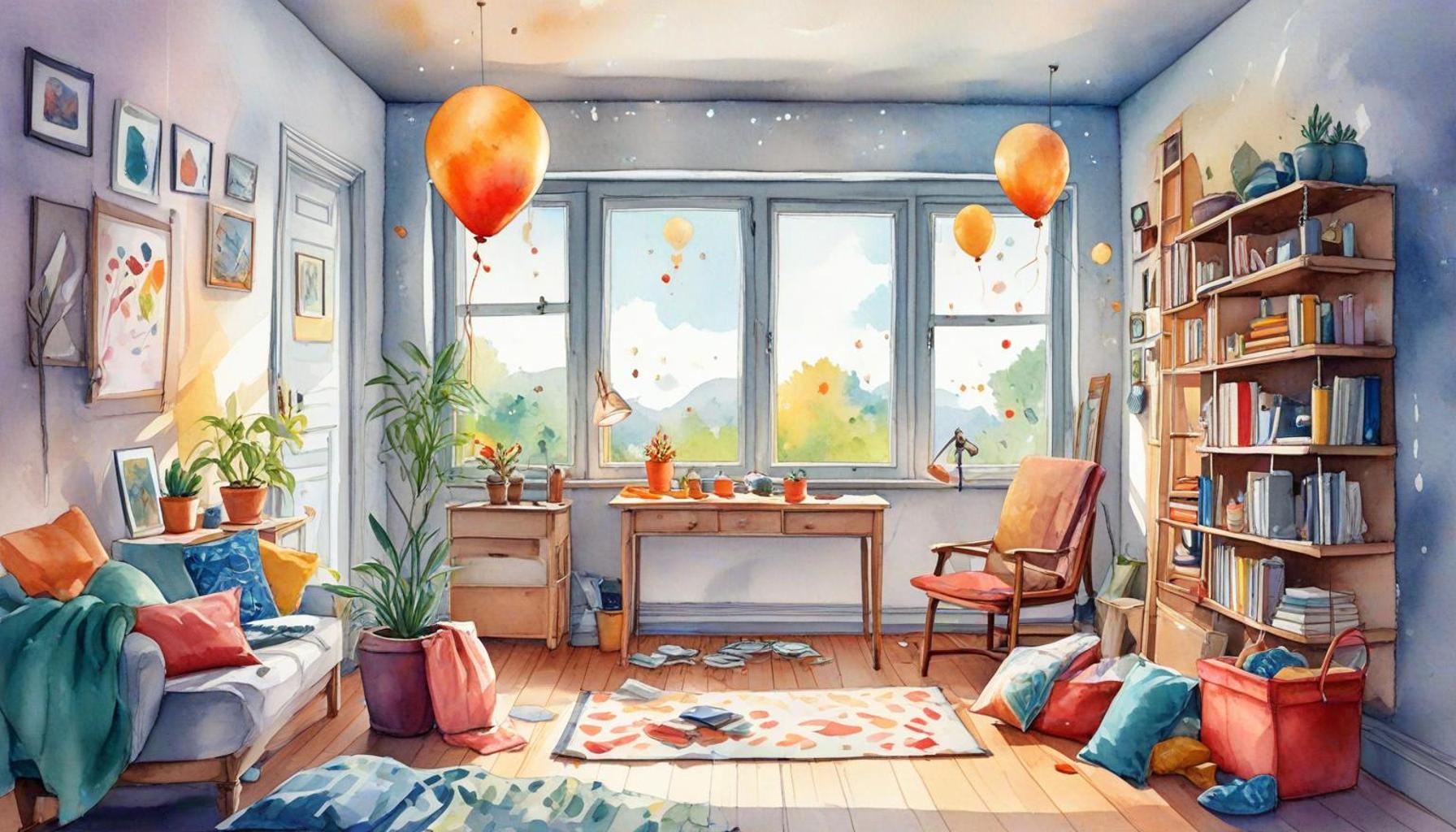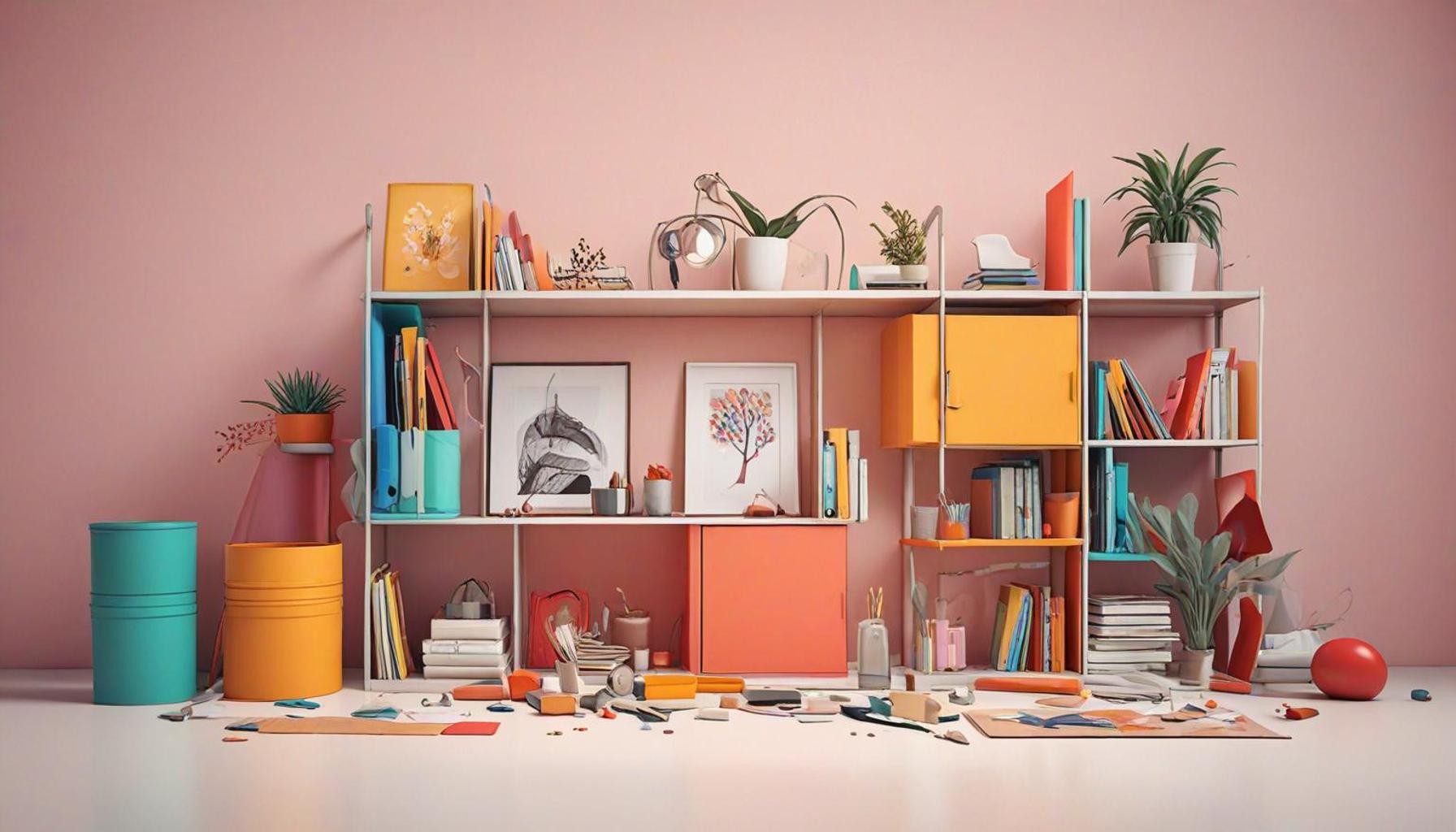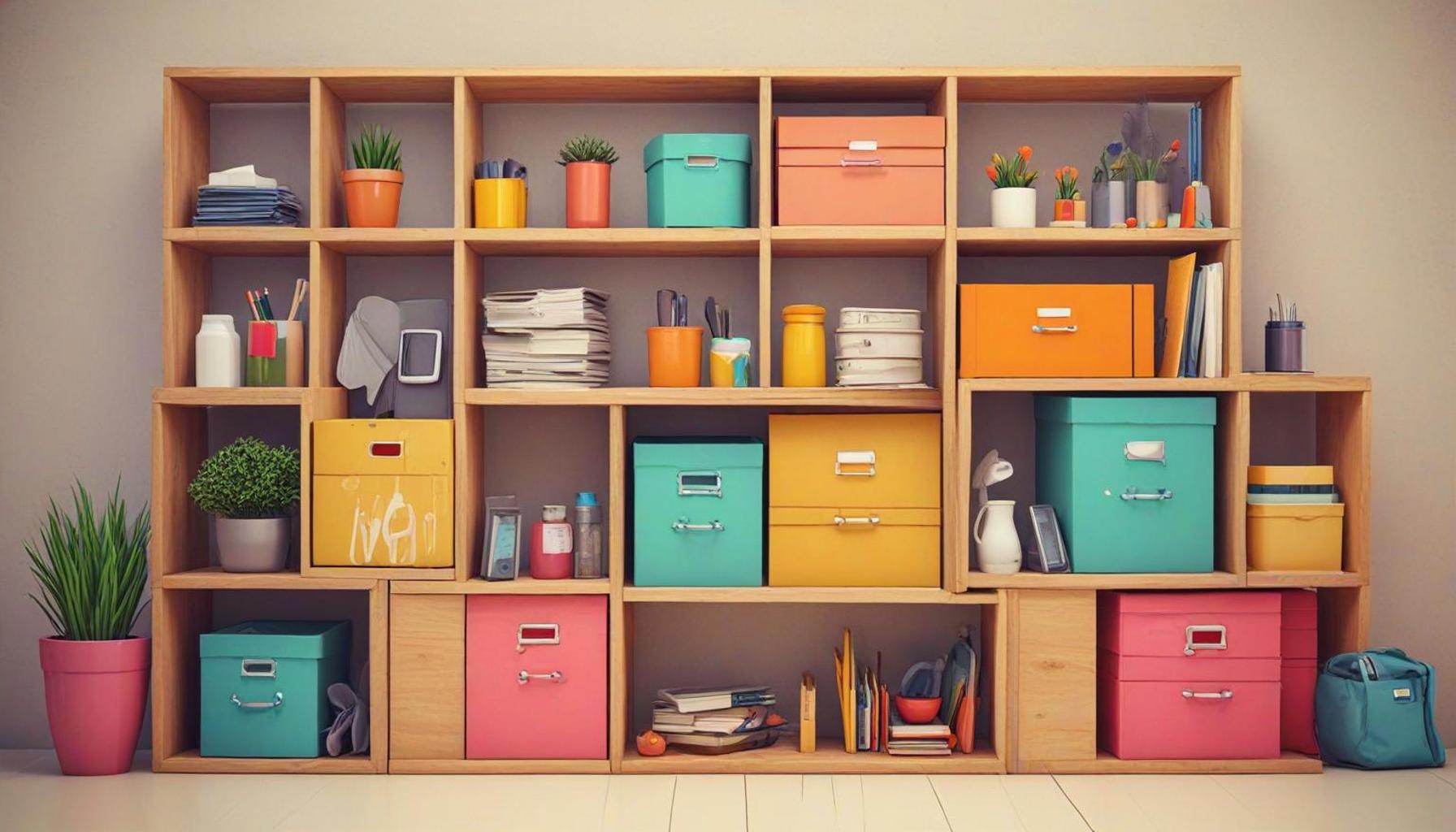The Influence of Minimalist Interior Design on the Perception of Space and Comfort
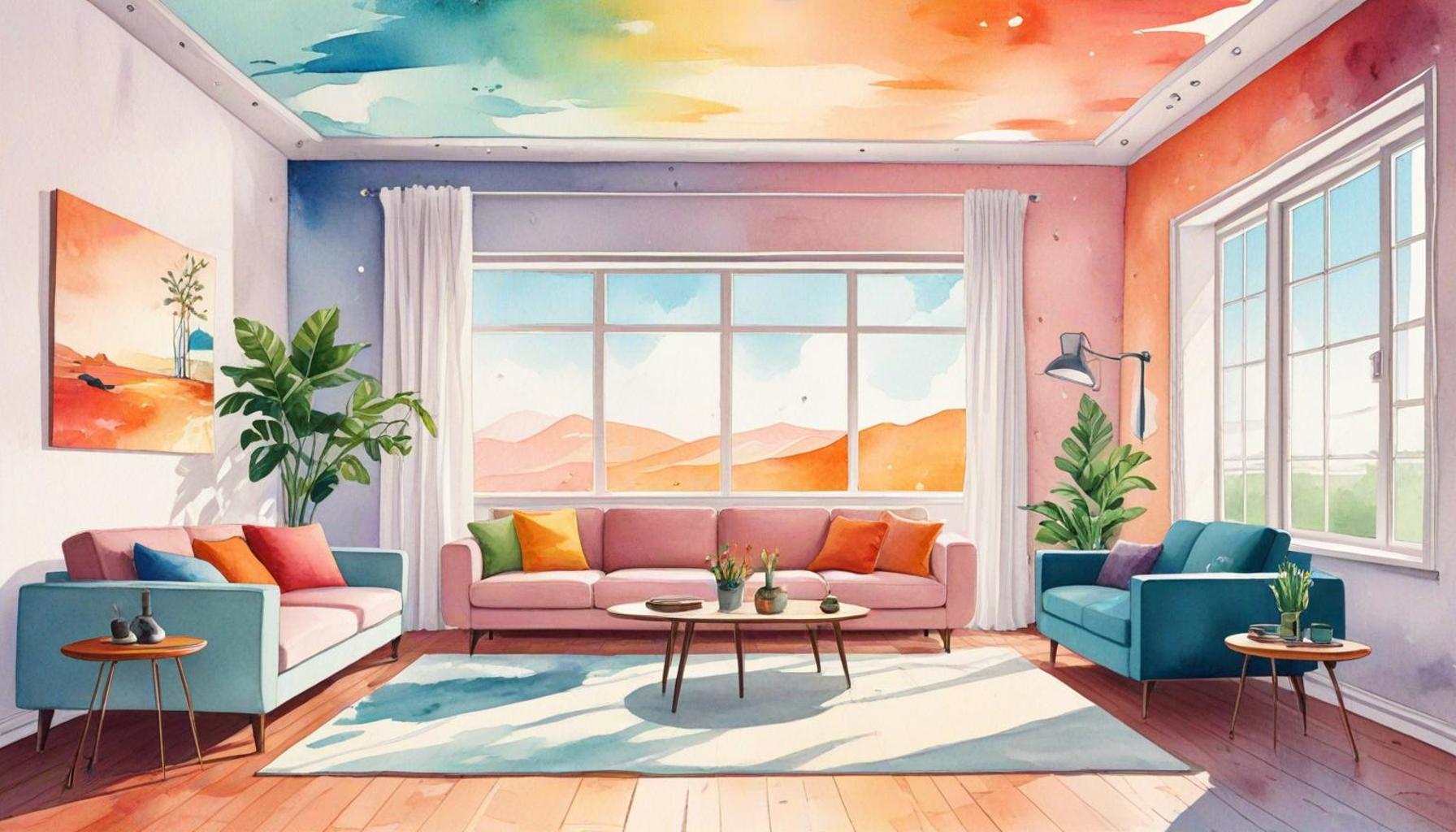
Exploring the Essence of Minimalism in Interior Design
In recent years, minimalist interior design has gained significant traction in homes and commercial spaces across the United States. This design philosophy prioritizes simplicity and functionality, crafting environments that promote tranquility and serenity. But how does this style truly influence our perception of space and comfort? The answers lie beyond aesthetic appeal, delving into the psychological and emotional benefits it offers.
The Core Principles of Minimalism
Minimalist design revolves around a few key principles that enhance both aesthetic and emotional appeal:
- Simplicity: At the heart of minimalism is the notion of simplicity. By reducing the number of decorative elements, spaces achieve a clean and uncluttered appearance that invites relaxation. For instance, opting for a single statement piece of art or a uniquely crafted chair can serve as a focal point, rather than cluttering walls with multiple decorations.
- Functionality: A hallmark of minimalist design is that every item has a specific purpose. This means incorporating multifunctional furniture, such as a coffee table that doubles as storage or a sofa bed. Such practical designs maximize utility while minimizing excess, thereby providing a seamless experience in living spaces.
- Neutral Color Palettes: Utilizing soft, neutral colors creates a calming atmosphere, visually expanding areas. Shades of white, beige, gray, and pastel tones not only enhance the sense of space but also instill a soothing ambiance. For example, a light gray wall paired with warm wooden accents can make a living room feel larger and more inviting.
The Impact on Human Experience
Research suggests that minimalist environments can positively affect mental well-being through various means. Specifically, they can lead to:
- Increased feelings of spaciousness: Open floor plans and less furniture can make environments feel less constrictive, promoting a sense of freedom and openness.
- Enhanced focus due to reduced distractions: Without overwhelming visual stimuli, individuals can concentrate better, making minimalist offices particularly beneficial for productivity. This is evident in tech companies like Google, which often design workspaces with minimalist aesthetics to foster creativity.
- A greater sense of comfort and relaxation: Minimalist interiors often evoke a peaceful vibe, which can reduce stress levels. Homes that embrace minimalism often feature cozy nooks or serene meditation spaces, encouraging inhabitants to unwind.
As interior design trends continuously evolve, understanding the implications of minimalism becomes crucial. This design approach not only alters the aesthetic of a room but can significantly impact our daily lives and overall quality of life. By embracing minimalism, individuals are often led to discover a new appreciation for the spaces they inhabit, prompting an exploration of how intentional design choices can enhance mental clarity and emotional balance.
LEARN MORE: Click here to simplify your finances
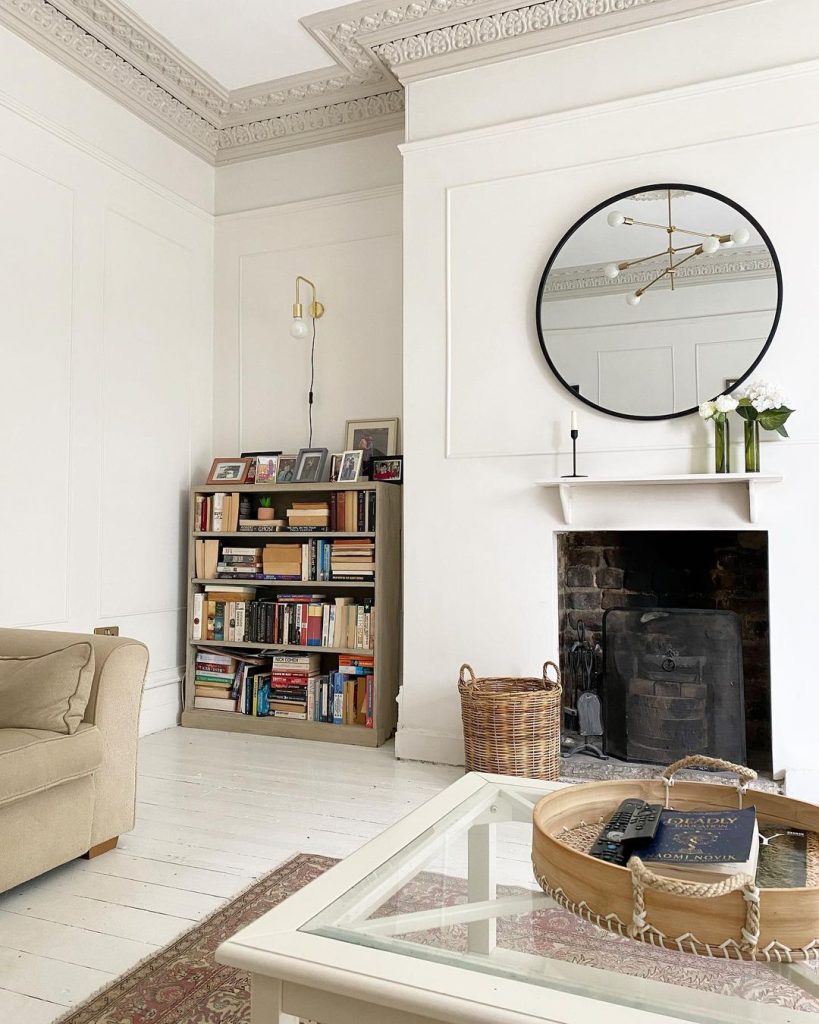
Understanding the Emotional Landscape of Minimalist Spaces
As the world becomes increasingly fast-paced and cluttered, many individuals are finding solace in the tenets of minimalist interior design. This design philosophy not only reshapes how spaces look but profoundly influences how they feel. A minimalist approach encourages deliberate choices in decoration and organization, leading to an environment that fosters introspection and peace. But what specific facets contribute to this transformation of space and comfort?
Psychological Benefits of Open Spaces
Minimalist interiors typically feature open layouts that break away from the traditional compartmentalized rooms of the past. This openness does more than showcase aesthetic preferences; it wields substantial psychological power over its inhabitants, evidenced by the following:
- Fostering a Sense of Freedom: An uncluttered environment can instill a sense of liberation. When interior spaces are devoid of excessive furniture and adornments, individuals often perceive the area as more expansive. Studies highlight that environments with fewer barriers contribute to a feeling of vastness, allowing occupants to breathe easier and think more clearly.
- Encouraging Mindfulness: Minimalism’s visual simplicity can encourage the practice of mindfulness—a state where one becomes more aware of their thoughts and feelings without distraction. The absence of visual chaos allows individuals to focus on the present, enhancing their ability to experience life as it unfolds. Thus, minimalist interiors create a perfect canvas for meditation and self-reflection.
- Promoting Social Connectivity: In homes designed with minimalist principles, open spaces often encourage interaction. Without the barriers posed by unnecessary furniture, gatherings feel more fluid and inviting. Family members and guests can move freely, creating a powerful social dynamic that enhances feelings of belonging and community.
Function Meets Comfort in Design
While the emotional benefits are undeniable, the minimalist aesthetic also promotes a practical approach to comfort. The principle of functionality in minimalist design leads to thoughtfully arranged spaces where comfort is paramount. A well-structured living area with multifunctional furniture not only maximizes space but also enhances the overall experience.
For example, sofas that can be reconfigured or coffee tables that serve double duty offer both utility and comfort. Spaces fostered by mindfulness and intentionality allow individuals to navigate their environment with ease, reducing the stress of cluttered living and impractical designs. The focus on quality over quantity ensures that every piece in a minimalist setting serves a purpose, further enhancing the overall design ethos.
As we continue to explore the essence of minimalist design, it becomes increasingly clear that its impact extends far beyond aesthetics. The intertwining of space and comfort within this philosophy supports individuals’ psychological well-being, wraps them in a cozy embrace, and ultimately offers a retreat from the chaos of daily life.
The Key Components of Minimalist Interior Design
Minimalist interior design is not just about aesthetic simplicity; it profoundly influences the perception of space and comfort. By focusing on essential elements, minimalist design creates an environment that enhances relaxation and clarity. One vital component is the use of neutral color palettes, which significantly affect how spacious a room feels. Shades of white, beige, and soft pastels reflect light, making rooms appear larger and more inviting.
Another fundamental aspect is the strategic use of furniture and decor. Minimalism encourages selecting versatile pieces that serve multiple functions while avoiding over-cluttering spaces. For example, a simple, streamlined sofa not only creates an area for relaxation but also contributes to the open feel of a living space. In this regard, less truly becomes more.
Natural Elements and Light
Incorporating natural light plays a crucial role in minimalist design. Large windows and unobstructed views not only invite in fresh air but also enhance the perceived size of a room. Sunlight can transform dull areas into vibrant spaces, fostering a sense of peace. Moreover, integrating natural elements like plants or wooden furniture brings warmth, adding to the overall comfort of the environment.
Moreover, the principle of functional design is highly applicable in this context. Each item within a minimalist setting is chosen for its purpose, eliminating distractions and chaos. This simplicity reduces mental clutter, promoting a tranquil atmosphere conducive to relaxation and focus. In essence, minimalism encourages individuals to live intentionally, thus enhancing their overall sense of well-being.
The Emotional Impact of Minimalism
The influence of minimalist interior design extends beyond mere aesthetics; it taps into psychological facets that affect daily life. Research shows that environments with fewer distractions can decrease anxiety and improve mental clarity. This gained serenity fosters a deeper sense of comfort and belonging, crucial components in any living space. Adopting minimalist principles allows individuals to prioritize their emotional landscape while enjoying the beauty of simplicity.
In exploring these facets, it’s evident that minimalism’s appeal lies not only in its visual appeal but also in its practical benefits. By crafting spaces that embrace simplicity, individuals can experience a profound shift in how they perceive space and comfort, inviting more serenity into their daily lives.
| Advantage | Description |
|---|---|
| Enhanced Spatial Perception | Neutral colors and open spaces create an impression of increased room size. |
| Reduced Mental Clutter | Minimalism encourages focus and reduces distractions, leading to better mental clarity. |
| Improved Emotional Well-being | Less visual clutter has been linked to decreases in anxiety and increased feelings of peace. |
DISCOVER MORE: Click here to learn about the emotional benefits of decluttering
The Intersection of Minimalism and Sustainability
In recent years, the conversation surrounding sustainable living has gained significant traction, particularly within the realm of interior design. Minimalism, with its focus on quality over quantity, dovetails seamlessly into sustainable practices, further enhancing its appeal. By prioritizing less, individuals not only reduce their environmental impact but also cultivate a lifestyle steeped in intentionality.
Eco-Friendly Materials and Conscious Choices
Minimalist design champions the use of eco-friendly materials, contributing to both the aesthetic and environmental goals of a space. For instance, furniture crafted from reclaimed wood or sustainably sourced fabrics not only embodies minimalist principles but also reflects a commitment to sustainability. This thoughtful selection of materials fosters a sense of well-being and enhances comfort, as inhabitants can take pride in their eco-conscious choices.
Moreover, minimalism encourages a less-is-more attitude that extends to energy consumption. By opting for fewer appliances and focusing on multifunctional pieces, residents can drastically reduce their energy usage. Efficient designs, such as LED lighting and energy-efficient windows, contribute to a more comfortable environment while lowering utility costs and environmental footprints.
Decluttering as a Path to Clarity
The act of decluttering serves as another powerful element of minimalist design, which, when applied to the home, does wonders for enhancing both space and comfort. Studies indicate that there is a strong correlation between physical clutter and mental stress. In minimalist spaces, the removal of unnecessary items leads to clearer and more serene environments. This simplification invites a daily practice of reflecting on what possessions truly add value to life, encouraging a more meaningful connection to the items that remain.
Research suggests that simplifying one’s surroundings can significantly reduce anxiety levels. As people prune their belongings, they may find a newfound clarity that affects their overall outlook on life. This process not only transforms physical spaces but also nurtures emotional well-being, allowing residents to feel more energized and content.
Minimalism and Cultural Shifts in Living
As societal values evolve, so too does the approach to living spaces. The minimalist movement is particularly resonant in urban centers across the United States, where the phenomenon of micro-living has gained popularity. The trend of tiny homes and studio apartments reflects a collective pivot towards valuing experience over possessions. In these smaller living spaces, the principles of minimalism encourage careful curating of both space and belongings, making comfort and functionality paramount.
Furthermore, this growing preference for simplicity has sparked a broader cultural shift toward modesty and authenticity. Individuals now place higher value on experiences, relationships, and mental well-being rather than material accumulation. This ethos extends into interior design choices, where tranquility and clarity take precedence, shaping how people view their personal spaces.
In summary, minimalist interior design offers a multifaceted approach to creating environments that emphasize comfort, sustainability, and mindfulness. By bridging the gap between space and emotional wellness, minimalist philosophy not only transforms the aesthetic appeal of a room but also significantly impacts the overall quality of life for its inhabitants. As urban landscapes continue to evolve, these principles will undoubtedly remain at the forefront of modern design discussions.
DISCOVER MORE: Click here to learn how space affects your well-being</a
Conclusion: Embracing Minimalism for a Transformed Living Experience
In conclusion, the principles of minimalist interior design resonate deeply with the evolving needs of contemporary lifestyles, particularly in urban settings. By emphasizing simplicity, functionality, and intentionality, minimalism reshapes how individuals perceive their living environments, making them not only visually appealing but also mentally rejuvenating. As we have explored, the use of eco-friendly materials and multifunctional furnishings enhances sustainability, further appealing to a growing audience that prioritizes environmental consciousness. This focus shifts the emphasis from quantity to quality, encouraging inhabitants to cherish experiences over excess.
The profound impact of decluttering cannot be overlooked; as residents shed unnecessary belongings, they cultivate a clearer, more comfortable space that promotes emotional well-being. The resulting serene environments reduce stress and enhance cognitive clarity, illustrating that a minimalist approach is not just an aesthetic choice but a pathway to improved mental health.
Moreover, the rising trend of micro-living speaks to a broader cultural transformation, where the ideals of authenticity and minimalism intersect. As society embraces a lifestyle that prioritizes experiences and connections over material accumulation, the role of interior design in supporting this ethos becomes increasingly important. Ultimately, as more individuals adopt minimalist principles, we can anticipate a shift toward more mindful living—spaces become sanctuaries that foster not only comfort but also clarity and purpose.
As homeowners and renters alike discover the benefits of minimalist design, it opens a new dialogue about what constitutes a truly fulfilling living space. Thus, the exploration of minimalism is far from over; it invites us all to reconsider how we inhabit and engage with our environments, paving the way for a more thoughtful, enriching approach to modern living.

